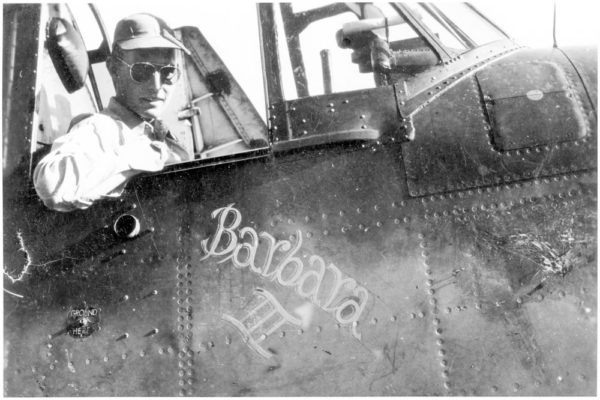What is the “Fifth Column”? It is a term that originated during the Spanish Civil War (1936-1939) to describe a group of people who undermine ⏤ from within ⏤ another larger group. Fifth Column activities can be visible to all or covert and clandestine in nature and typically result in sabotage, disinformation, and espionage. In Britain, its Fifth Column problem, in the form of the British Union of Fascists, was well-known to Churchill and others. However, below the surface, ordinary British citizens were willing to sell out their country to Hitler and the Nazis. They shared a common admiration for Hitler and his anti-Semitic philosophy and thought Britain would be better off under German rule.

It wouldn’t be until an unassuming low-level London bank clerk took a leave of absence and resurfaced as a Gestapo agent that the intelligence agencies became fully aware of the magnitude of the underground Fifth Column trying to pass secret military intelligence to the Nazis.
Did You Know?
Did you know that John F. Kennedy was not the only United States president to have been saved at sea during World War II? After turning eighteen, George H.W. Bush enlisted in U.S. Navy and served as a pilot of a Grumman Avenger Torpedo aircraft. Two years later, Lt. Bush flew one of his fifty-eight missions alongside three other Avenger bombers. Each plane carried three aviators. Their mission was to bomb the radio station located on the small island of Chichijima.
Despite the intense flak and anti-aircraft fire, Lt. Bush and the other planes managed to take out the radio station. His plane was hit and falling at a speed of one hundred ninety miles per hour when Lt. Bush bailed out hitting his head on the plane’s tail. He ended up in the water and was able to inflate a small raft which he floated in for four hours before the USS Finback, a submarine, picked him up. This was the second time Lt. Bush had to be plucked out of the water during a mission.

Unfortunately, the two airmen flying in his plane did not survive. The other planes went down and seven airmen were captured by the Japanese. They were tortured, beheaded, and their livers were cut out for their captors to eat.
Lt. George H.W. Bush was the only survivor of the mission. He would be awarded the Navy’s Distinguished Flying Cross for this mission in addition to three Air Medals, and the Presidential Unit Citation for his service during World War II.
Watch Lt. Bush being rescued at sea by the USS Finback. Click here.
British Military Intelligence
There are two primary intelligence departments in Britain: Security Service or MI5 (Military Intelligence Section 5) and Secret Intelligence Service (SIS) or MI6. While MI6 is responsible for foreign intelligence, it is MI5 that provides domestic counterintelligence. It is similar to the American intelligence structure of the CIA (foreign) and FBI (domestic).
MI5 was founded in 1909 and is under the authority of the Home Secretary within the cabinet of the prime minister. It had its troubles during the inter-war period (between the two world wars) due to weak leadership. However, its greatest accomplishments during World War II were Operation Double-Cross (click here to read the blog The Double Cross System) and Operation Fifth Column. Both of these initiatives were headed by MI5 spymaster Maxwell Knight.
Maxwell Knight (1900-1968) is generally considered to have been Ian Fleming’s model for the character of “M” in the James Bond series. In the mid-1920s, Knight was working undercover for MI5 by infiltrating early British fascist groups as well as communist cells in England. Knight became MI5’s director of intelligence and eventually head of Section B5(b) which was responsible for infiltrating agents into subversive organizations. Read More Agent Jack, “M” and the Fifth Column


